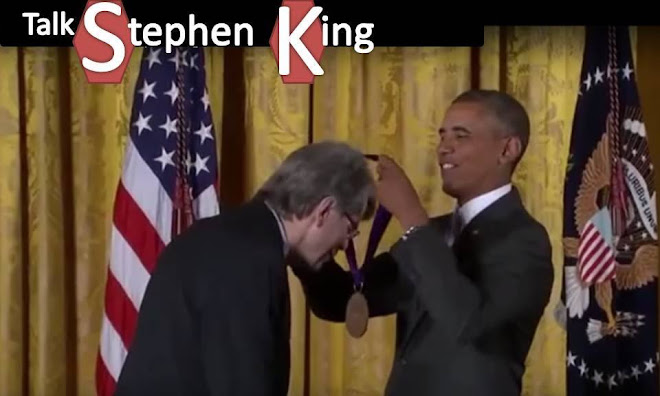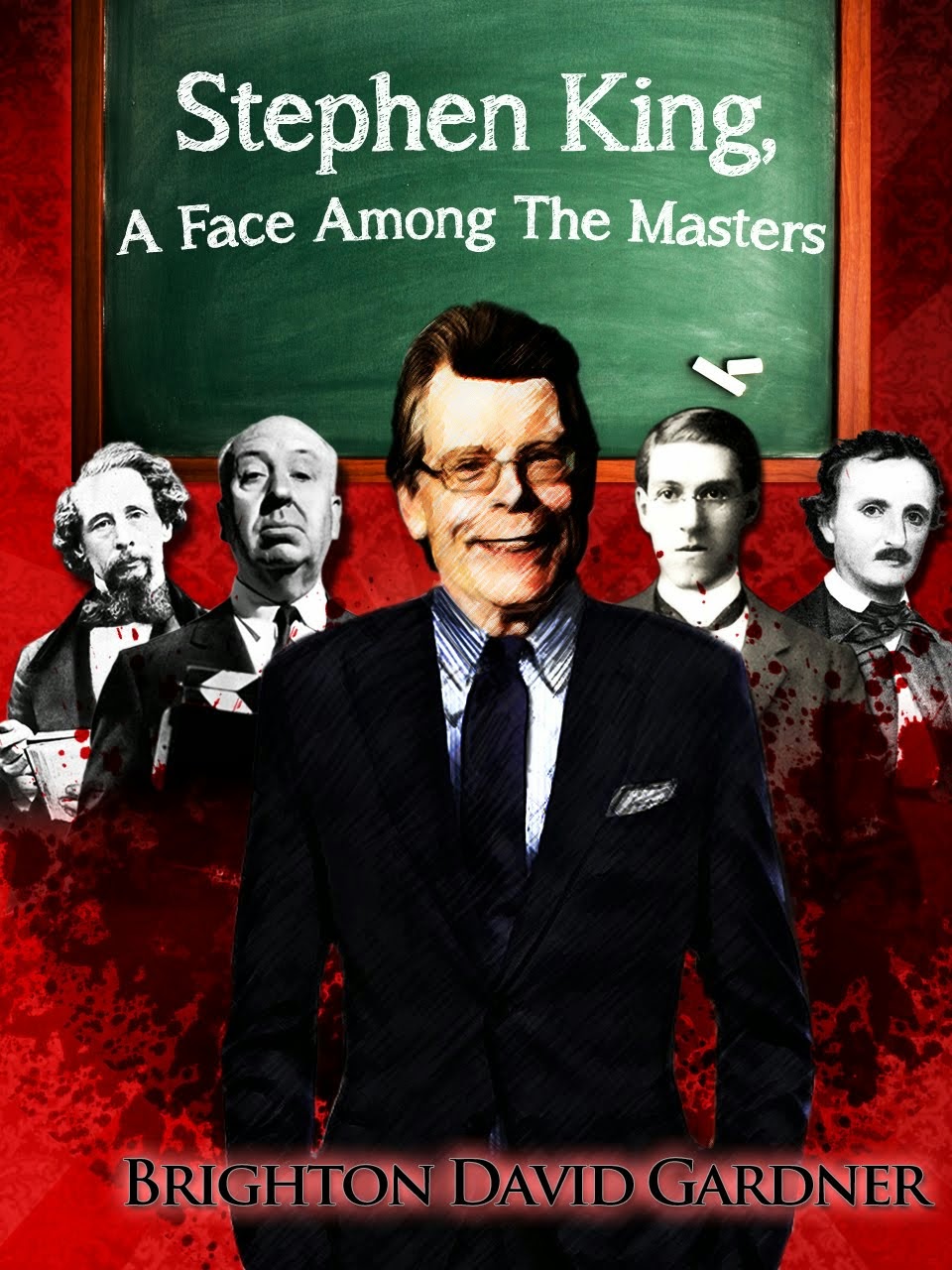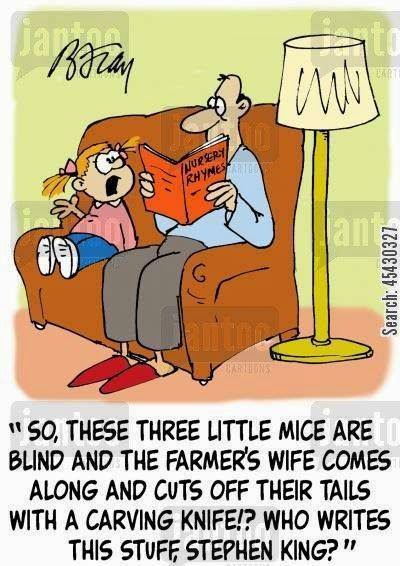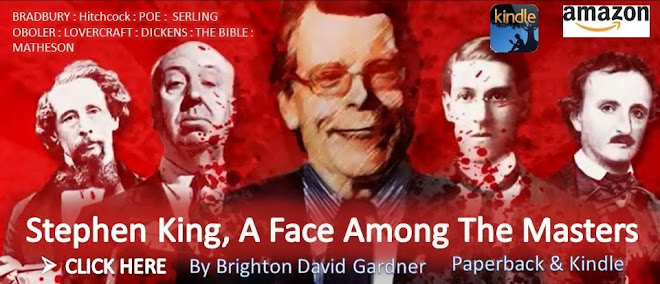I'm LOVING the artwork for the Cemetery Dance edition of Salem's Lot. Let's face it, the early works of King were not given the best artistic treatment by Doubleday. Well, the wrong is being righted!
From Cemetery Dance:
'Salem's Lot: The Deluxe Special Edition
A Collectible Limited ONE TIME PRINTING featuring an introduction by Stephen King, an afterword by Clive Barker, color paintings by David Palumbo, and Special Bonus Features including deleted scenes, two related short stories, and a map of the town by Glenn Chadbourne!
Volume Two in The Stephen King Doubleday Years Set!
'Salem's Lot: The Deluxe Special Edition (Volume Two in the "Doubleday Years" Collection)
by Stephen King
Featuring full color wrap-around artwork by David Palumbo and full color interior paintings printed on a high-quality glossy stock and tipped into the book!
About the Book:
'Salem's Lot is a small New England town with white clapboard houses, tree-lined streets, and solid church steeples. That summer in 'Salem's Lot was a summer of homecoming and return; spring burned out and the land lying dry, crackling underfoot. Late that summer, Ben Mears returned to 'Salem's Lot hoping to cast out his own devils and found instead a new, unspeakable horror.
A stranger had also come to the Lot, a stranger with a secret as old as evil, a secret that would wreak irreparable harm on those he touched and in turn on those they loved.
All would be changed forever—Susan, whose love for Ben could not protect her; Father Callahan, the bad priest who put his eroded faith to one last test; and Mark, a young boy who sees his fantasy world become reality and ironically proves the best equipped to handle the relentless nightmare of 'Salem's Lot.
This is a rare novel, almost hypnotic in its unyielding suspense, which builds to a climax of classic terror. You will not forget the town of 'Salem's Lot nor any of the people who used to live there.
Special Features For This Deluxe Special Edition:
• an introduction by Stephen King
• an afterword by Clive Barker
• many deleted scenes that were cut from the original manuscript
• the short stories "Jerusalem's Lot" and "One for the Road"
• deluxe oversized design (7 inches X 10 inches) featuring two color interior printing as part of the page design
• printed on a heavy interior specialty paper stock that is much thicker than the paper in a normal trade edition
• epic wrap-around full color dust jacket artwork by David Palumbo
• a different full color dust jacket for the Numbered Artist Edition painted by David Palumbo
• full color interior paintings by David Palumbo
• interior artwork will be printed on a heavy glossy stock and tipped into the book
• an original map of the town drawn by Glenn Chadbourne exclusively for this special edition
• signature sheet artwork for all three editions by Glenn Chadbourne
• high-quality endpapers and fine bindings
• an exclusive reproduction of the first reader's letter to point out the Father "Cody" error and several internal memos from Doubleday about changing the pricing after the first edition of the book was already printed
• extremely collectible print run that is a tiny fraction of the TENS OF MILLIONS of copies of this novel you've seen in bookstores over the years!
 |
| picture credit: cemeterydance.com |
Published in three states:
• Slipcased Oversized Hardcover Gift Edition of only 3,000 copies printed in two colors on a specialty paper stock; bound with a fine binding, two color hot foil stamping, and embossed endpapers; and featuring a unique black-and-white limitation page with artwork by Glenn Chadbourne ($95)
• Traycased Oversized Hardcover Numbered Artist Edition signed by the artist and limited to only 750 hand-numbered copies printed in two colors on a specialty paper stock; bound with a different fine binding, two color hot foil stamping, and full color illustrated endpapers; a full-color signature sheet signed by the artists and featuring artwork by Glenn Chadbourne; and housed in a traycase ($250)
• Traycased Oversized Hardcover Artist Lettered Edition signed by the artist and limited to 52 hand-lettered copies printed in two colors on a specialty paper stock; bound in two different fine materials in a hand-made three piece binding featuring spine hubs, gilded page edges, two color hot foil stamping, and full color illustrated endpapers; a different full color signature sheet signed by the artists and featuring artwork by Glenn Chadbourne; and housed in a unique "three piece" traycase ($1250)


















